This post may contain affiliate links. Please read our disclosure policy. As an Amazon Associate, I earn from qualifying purchases.
Grilled chicken breasts can be juicy, tender, and full of flavor, you just need the right approach. This recipe uses a quick saltwater brine to lock in moisture and even out the cooking from edge to edge. A few minutes over high heat gives the chicken beautiful grill marks and that classic smoky flavor, while the inside stays perfectly tender.
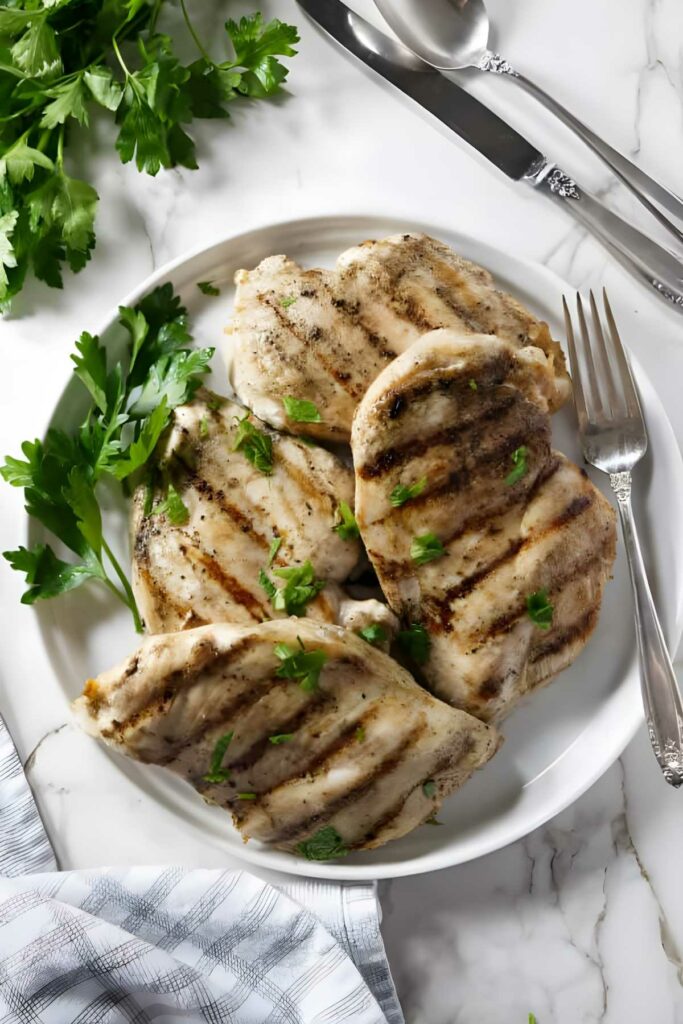
Here’s Why This Grilled Chicken Recipe Works
Brining locks in moisture. Just 30 minutes in a simple saltwater brine seasons the chicken and helps it stay juicy, even over high heat.
Even thickness means even cooking. Pounding the thicker end ensures the chicken cooks evenly. No dry edges or underdone centers.
High heat builds flavor. A hot grill sears the outside quickly, giving you great color and flavor while keeping the inside tender.
Two-zone grilling gives control. Start over direct heat for searing, then move to the cooler side if needed.
If you’re craving something bolder, try my Soy Grilled Chicken with Peanut Sauce. It’s marinated in a sweet-and-savory soy blend and served with a creamy, spicy peanut sauce.

If you love smoky flavor, try my Smoked Beer Can Chicken next. It’s tender, juicy, and finished with a rich beer and garlic butter gravy.
Recipe Tips
Start with thick chicken breasts. Thicker cuts are easier to pound evenly and less likely to dry out on the grill.
Pound evenly, not flat. The goal is to match the thick end to the thin end. No need to make it paper-thin.
Brine, then dry well. Pat the chicken dry after brining so it sears instead of steaming. A quick rub of oil helps it release cleanly from the grates.
Use a thermometer. Grill until the internal temperature reaches 160°F, then let it rest. The carryover heat brings it up to a safe 165°F.
Let it rest. Give the chicken at least 5 minutes under foil before slicing so the juices stay in the meat, not on the plate.
Control flare-ups. If using a gas or charcoal grill, keep a cooler zone ready. Pellet grills hold steady heat and make flare-ups less of an issue.
Serve it right away. Grilled chicken is best hot off the grill, but leftovers stay juicy for a couple of days when stored airtight and reheated gently.
If you’re in the mood for something sweet and smoky, grilled pineapple chicken kabobs are another great way to mix things up on the grill.

Juicy Grilled Chicken Breasts
Grilled chicken breasts get a bad rap, but when they’re done right, you get rave reviews. Once you try this method, dry chicken won’t be a problem again. It’s quick, reliable, and gives you juicy, flavorful meat that works with just about any meal.
It is delicious sliced over a green salad with chicken, piled into tacos, stirred into rice or placed between a couple of hamburger buns.
Pin this now to find it later!
Pin It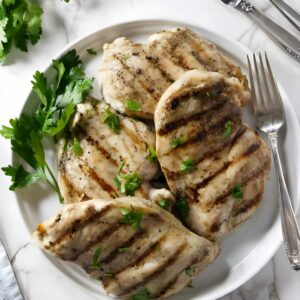
Grilled Boneless Chicken Breasts
If you make this recipe, please leave a star rating and comment.
Ingredients
- 4 boneless skinless chicken breasts
- 4 tablespoons salt, or 6 tablespoons Kosher salt
- 2 quarts water, water
- 2 tablespoons olive oil
- Fresh cracked pepper
Instructions
- Working with one chicken breast at a time, place the chicken breasts inside a large plastic bag or between two pieces of plastic. Use the flat side of a meat mallet and pound the thick end of the breast until it is the same thickness as the thinner end.
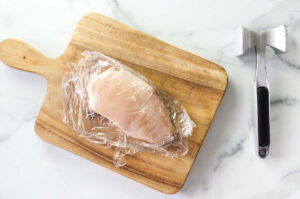
- Pour the salt and water into a large bowl and stir to dissolve the salt. Place the pounded chicken breasts in the salty water, cover the bowl, and place in the fridge for at least 30 minutes.
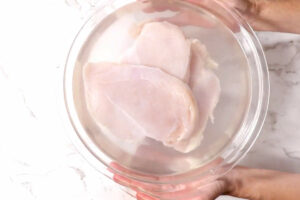
- Preheat a gas or pellet grill to high heat at 475°F. If you are using a charcoal grill, prepare your grill with two cooking zones. One side will have hot coals, while the other side will have no coals. The side without coals will be used for indirect cooking and give you more control over the grilling process.
- Pat the chicken breasts dry and coat them with olive oil then dust them with pepper.

- Place the chicken breasts on the hot side of the grill and leave it there for 3 to 5 minutes until browned. Flip to the other side and cook for another 3 to 5 minutes until nicely browned. If the chicken browns too quickly or flare-ups start, move it to the cooler side of the grill and finish over indirect heat. Pellet grills are easier to manage and rarely flare, but if the chicken starts getting too dark before it’s done, lower the temperature to 375°F–400°F. Cook time will vary based on the thickness of the chicken.
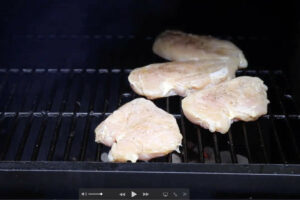
- Cook the chicken until the internal temperature on a meat thermometer reaches 165°F. (We prefer to remove the chicken at 160°F and allow for carry-over heat). Transfer the chicken to a platter and cover it with aluminum foil for 5 minutes before slicing.
Video
Notes
Nutrition
Nutrition information is automatically calculated, so should only be used as an approximation.
 Like this recipe? Rate & comment below!
Like this recipe? Rate & comment below!
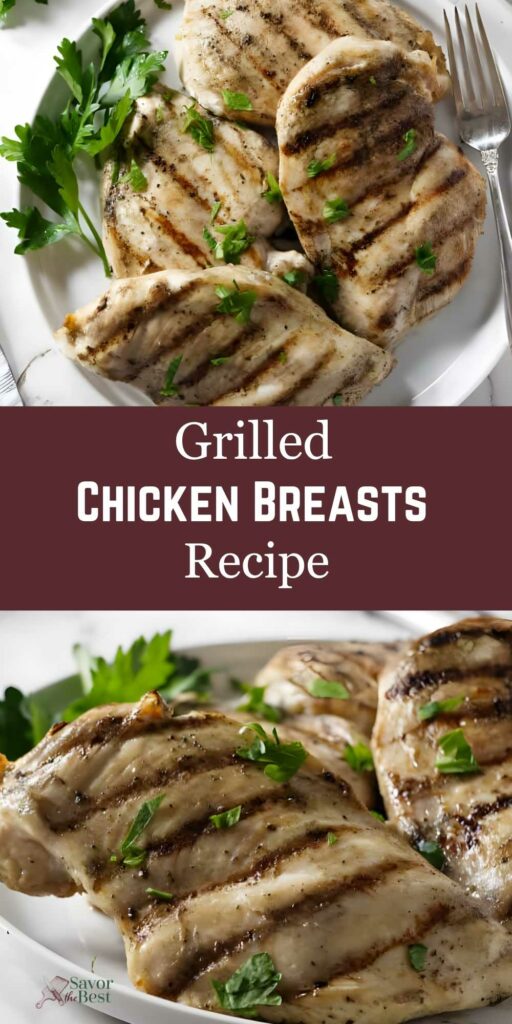
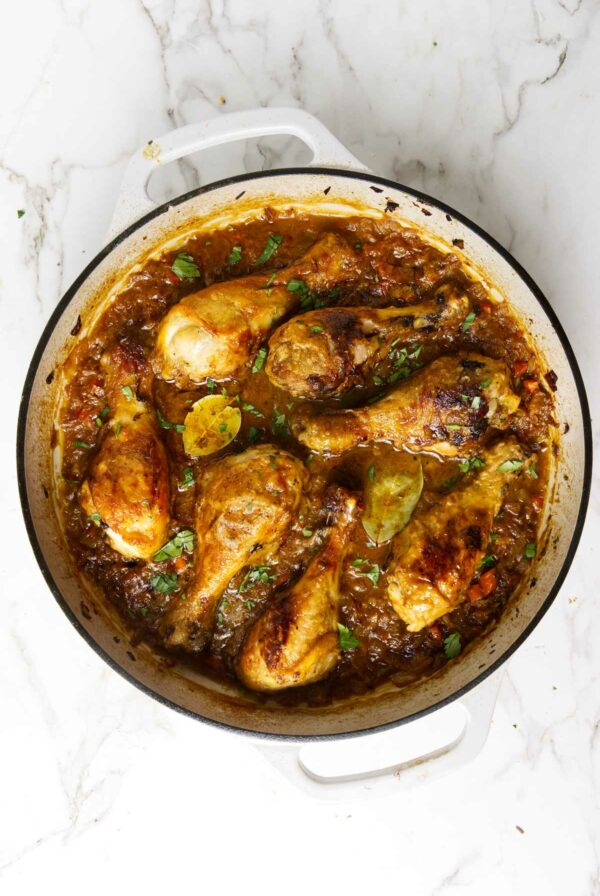
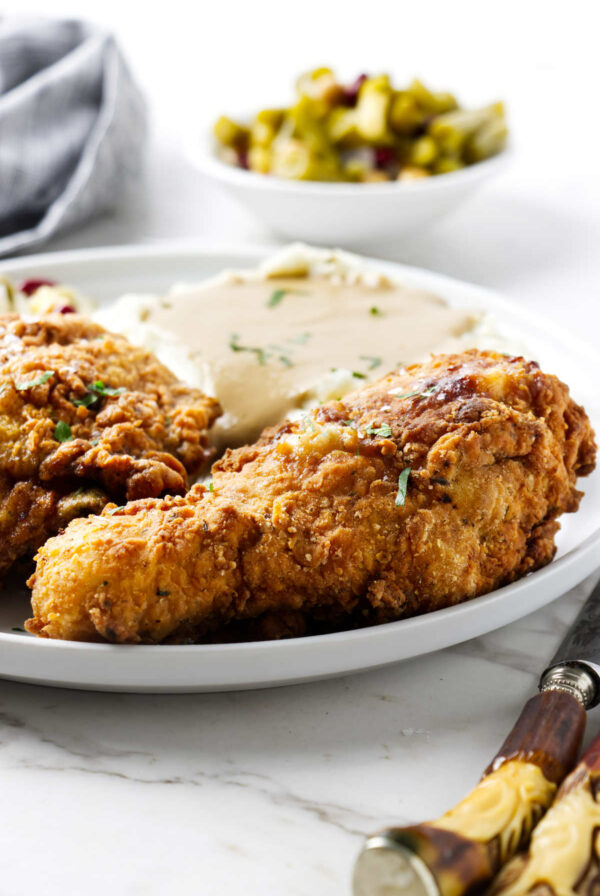
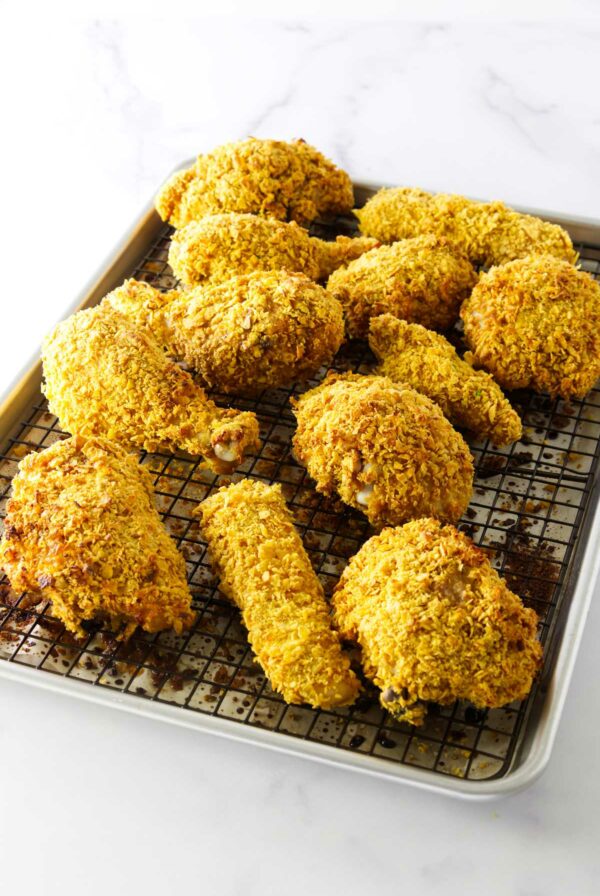
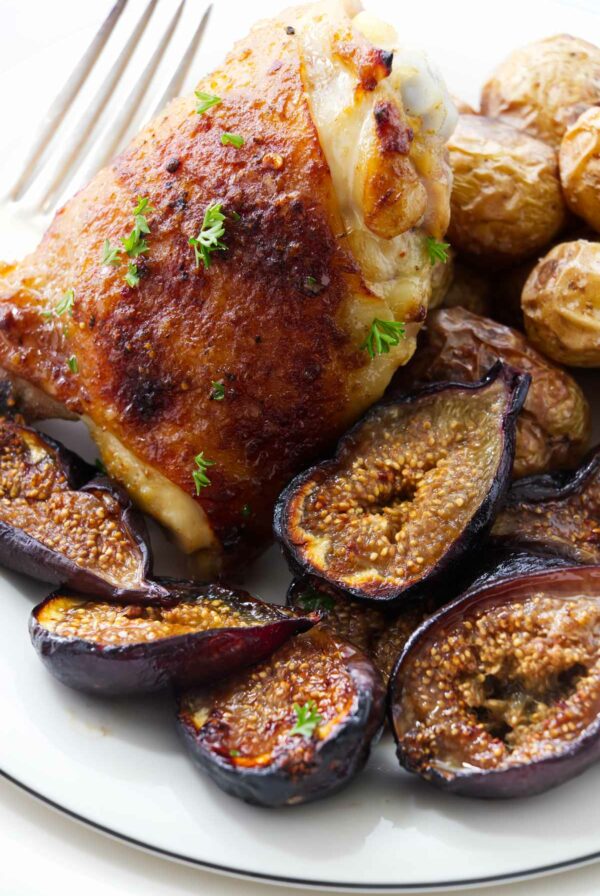










I could use this recipe for everything! I love chicken, especially in salads, so it is a win, win as there are so many options to cook with it. Thanks for sharing.
Yes, Adrianne…this is a really versatile chicken recipe. Thanks for your comments.
This looks amazing and really easy to do. Normally grilled chicken isn’t that juicy but this looks like it would be.
Thanks, Luci…This method gives the best juicy chicken!
Loving all the tips for juicy chicken especially when cooking chicken breast now I need to take the grill out and start cooking!
Hi, Adriana…this works really great on a stove-top grill too! Thanks for the comments.
I love grilled chicken breast! Looks so delicious and tender ♥
Thanks, Natalie…It is!